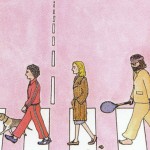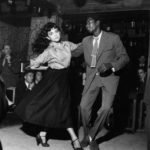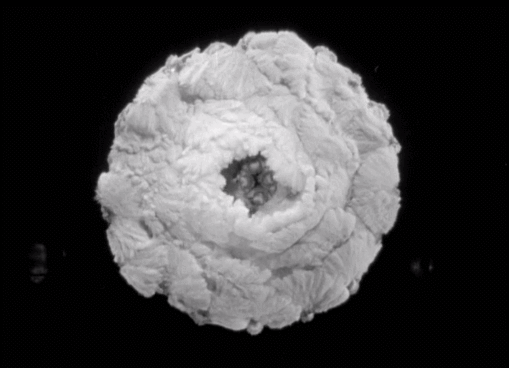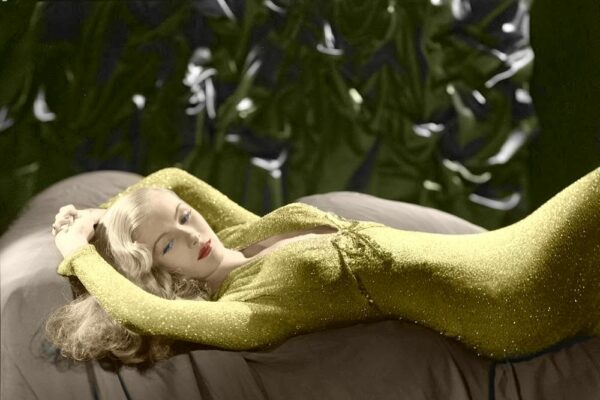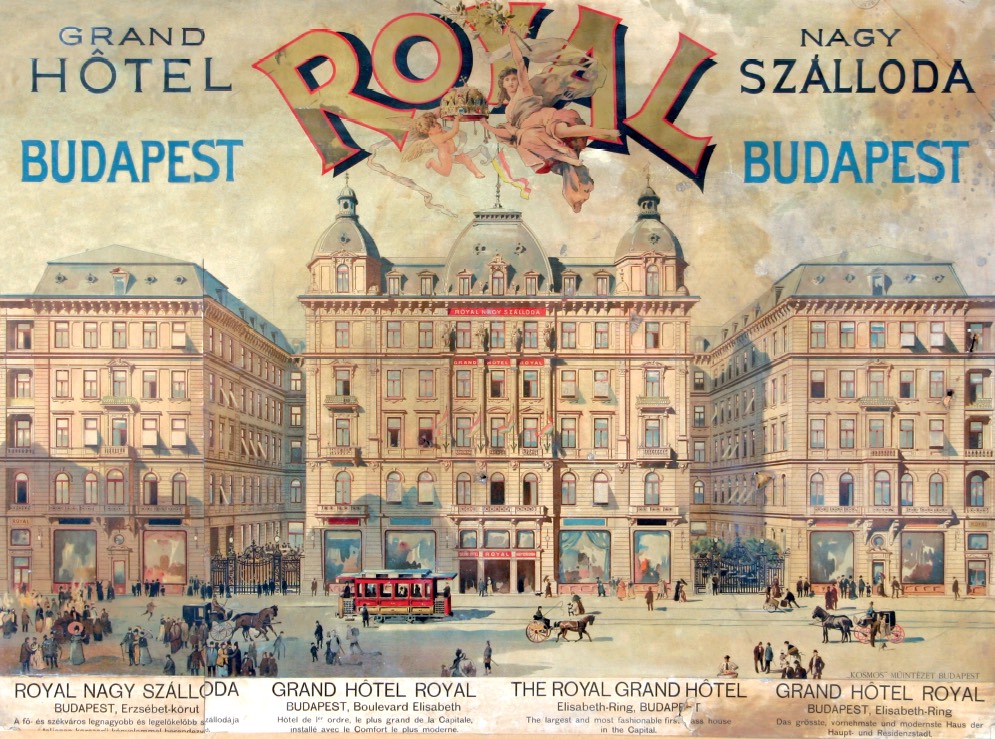
On the busy streets of the Grand Boulevard, the Corinthia Hotel blends in with the decadent architecture of downtown Budapest. Located amidst the bistros and elegant apartment blocks punctuated by traffic and the yellow tram that never sleeps, it’s easy to miss out of the beauty of this old hotel. But if you take a look up at its winged façade bridged with glass, crowned by cupolas and a grandeur harkening back to another age, the echo of the Corinthia’s fin de siècle grandeur still lingers.
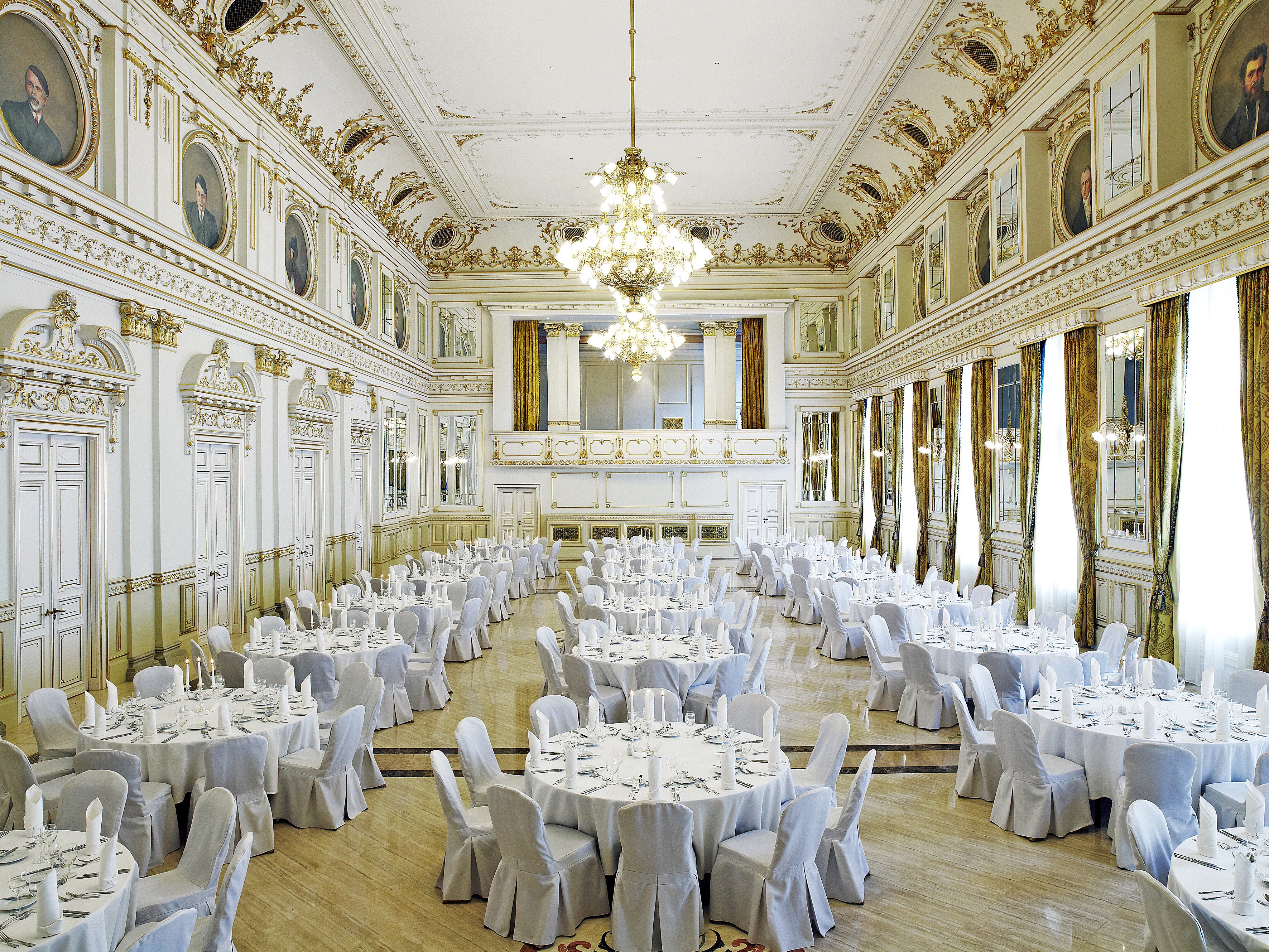
Today the Corinthia Hotel might embody the international luxury of this global brand whose ancestral home lies in Malta, but the hotel had another name once – the Grand Hotel Royal.
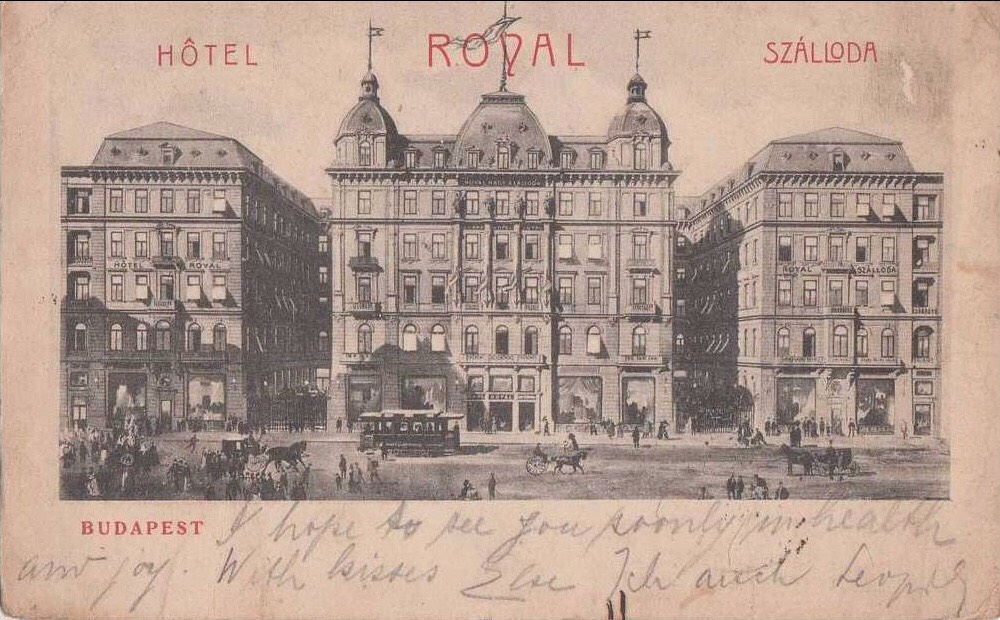
On a tour of the hotel, I felt confused as we turned in from one room to the next, through the grand suites that take up the entire façade of the hotel, and its hidden rooftop gardens by the residences and on top of the ballroom. I reached for my phone to check how much I had done on my pedometer, I was sure we walked for a couple kilometres by now.
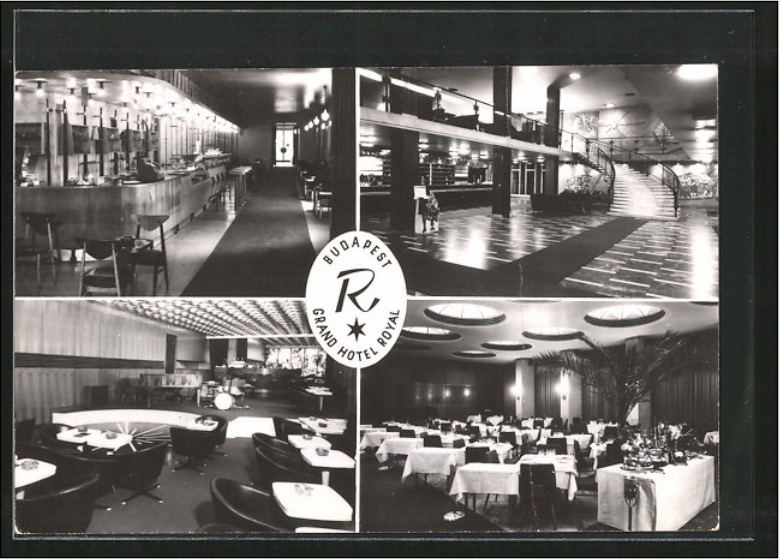
“Sometimes I walk about 15km per day,” Gábor, the Director of Communications told me as he guided me round the labyrinthine corridors, while I took notes for another assignment. Wandering the different corridors, rooms, crossing glass bridges under the large atrium and past intricate ironwork covering the lobby, which itself cascades up three levels as you enter the hotel, its scale and grandeur reminded me of Wes Anderson’s Grand Budapest Hotel.
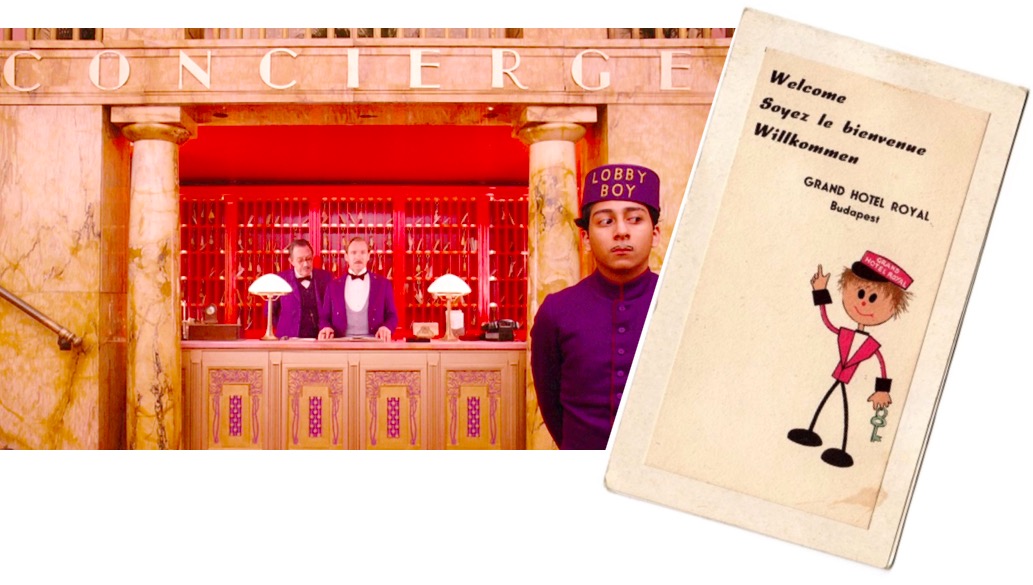
Wes Anderson’s Lobby Boy vs the pink bell boy of Grand Hotel Royal’s welcome brochure
“I heard a rumour that the Corinthia inspired Wes Anderson’s film?” I said as we got into the lift covered engraved mirror panels.
“Anderson stayed here at the Corinthia.” Gábor confirmed.
Turns out the director stayed only 2 years before the film’s release, so the timing made sense, considering filming finished March 2013 on location in Germany.
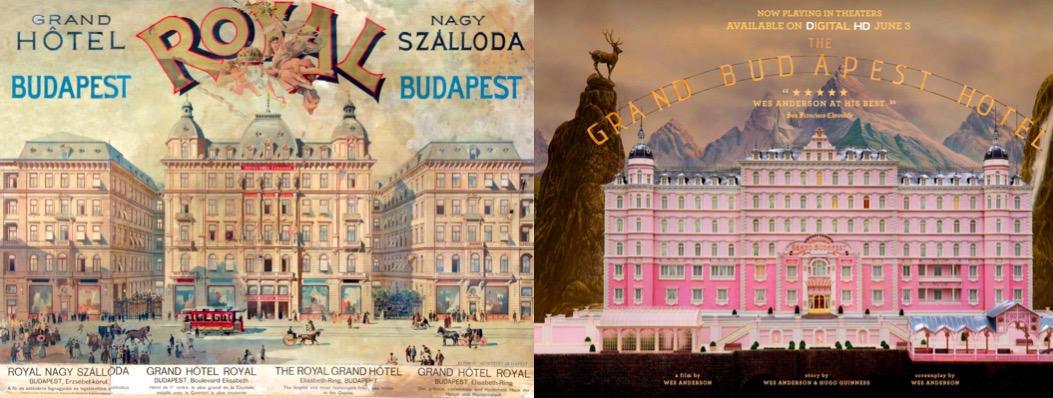
A vintage brochure of the Grand Royal Hotel vs Anderson’s movie poster
Anderson took a tour of the hotel during the stay at the Corinthia, and rumour has it he scouted the hotel as a possible location for the film, except it proved to be too costly to shoot on site. Although Anderson publicly denies the Budapest connection, some of it seems more than just bit coincidental.
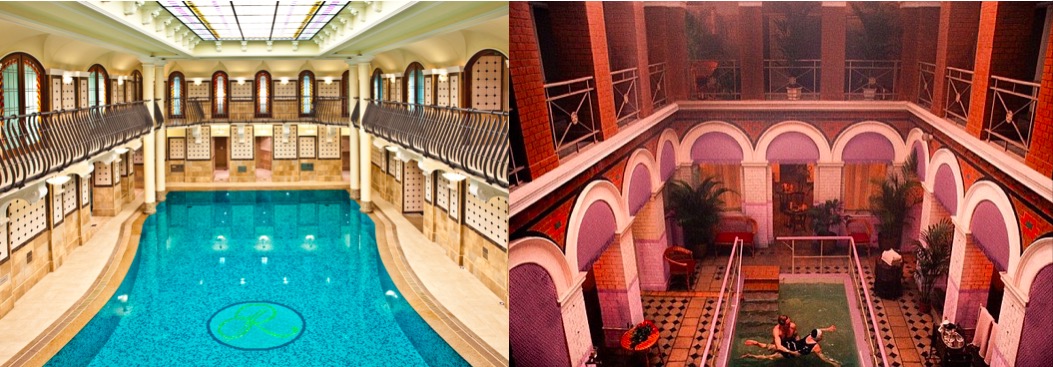
Corinthia’s spa vs Anderson’s Grand Budapest Spa
The first clue lies in the name – the Grand Hotel Royal – Budapest. Although, there is also a visual parallels of the hotel’s façade before the roof of the hotel was completely destroyed by a fire in the 1950s, in vintage sketches matches the salmon pink fantasy of Anderson, albeit aesthetically merged with the Grandhotel Pupp in Bohemian Carlsbad, in the Czech Republic. While much of the aesthetic came from the Grandhotel Pupp and the department store used on location in Görlicz, the former Grand Hotel Royal in Budapest also matches some of the criteria.
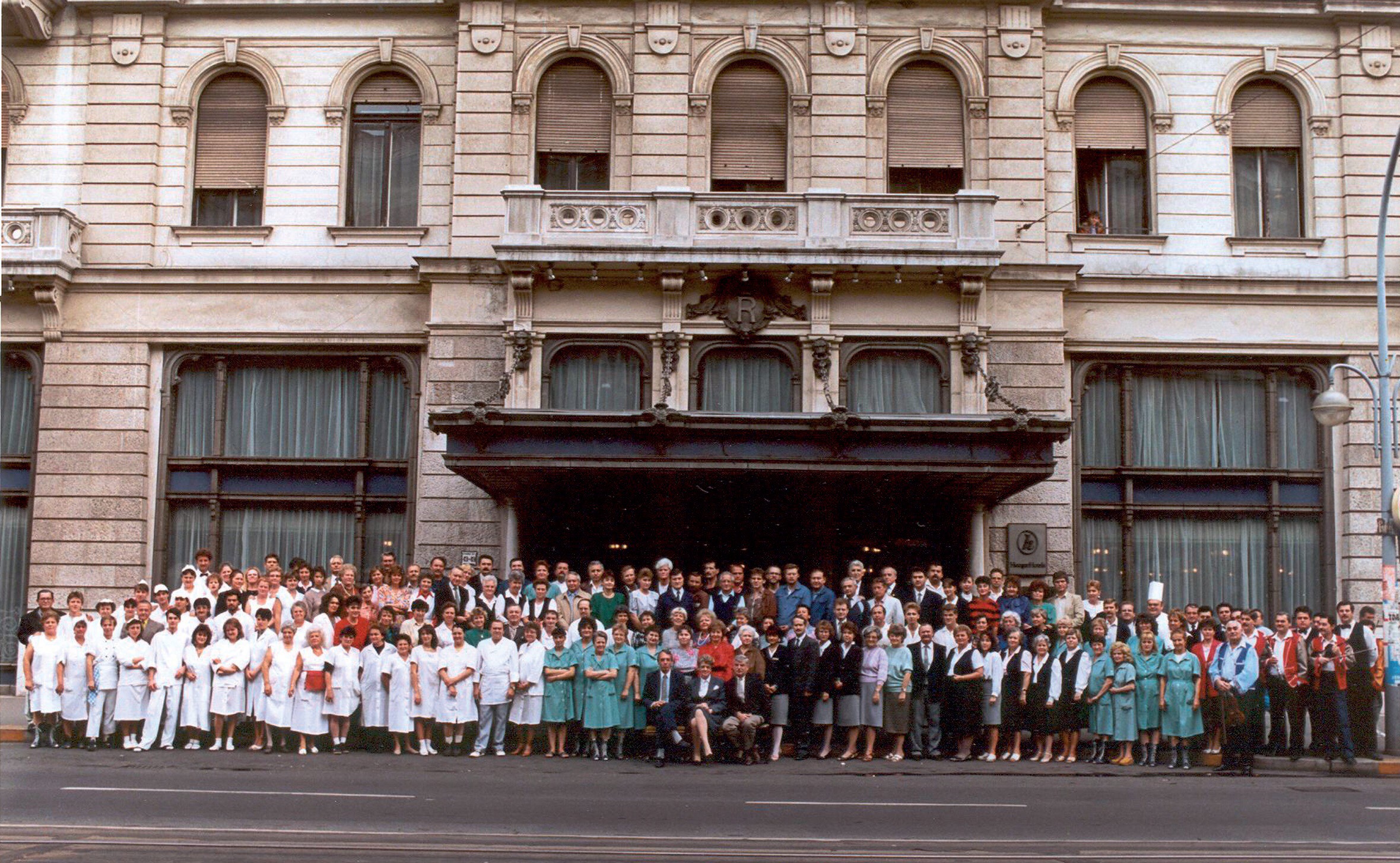
The hotel still had a large staff in 1991 (c) The Corinthia Hotel Budapest
Opened in 1896 with 350 rooms, the Grand Hotel Royal was one of Europe’s largest hotels at the time, and most definitely one of the most luxurious, too, just like another fictional hotel. The hotel had the ability to cater to 400 guests and employed 200 staff to cater to their whims and needs. The who’s who of the Austro-Hungarian Empire and beyond came to stay at the hotel.
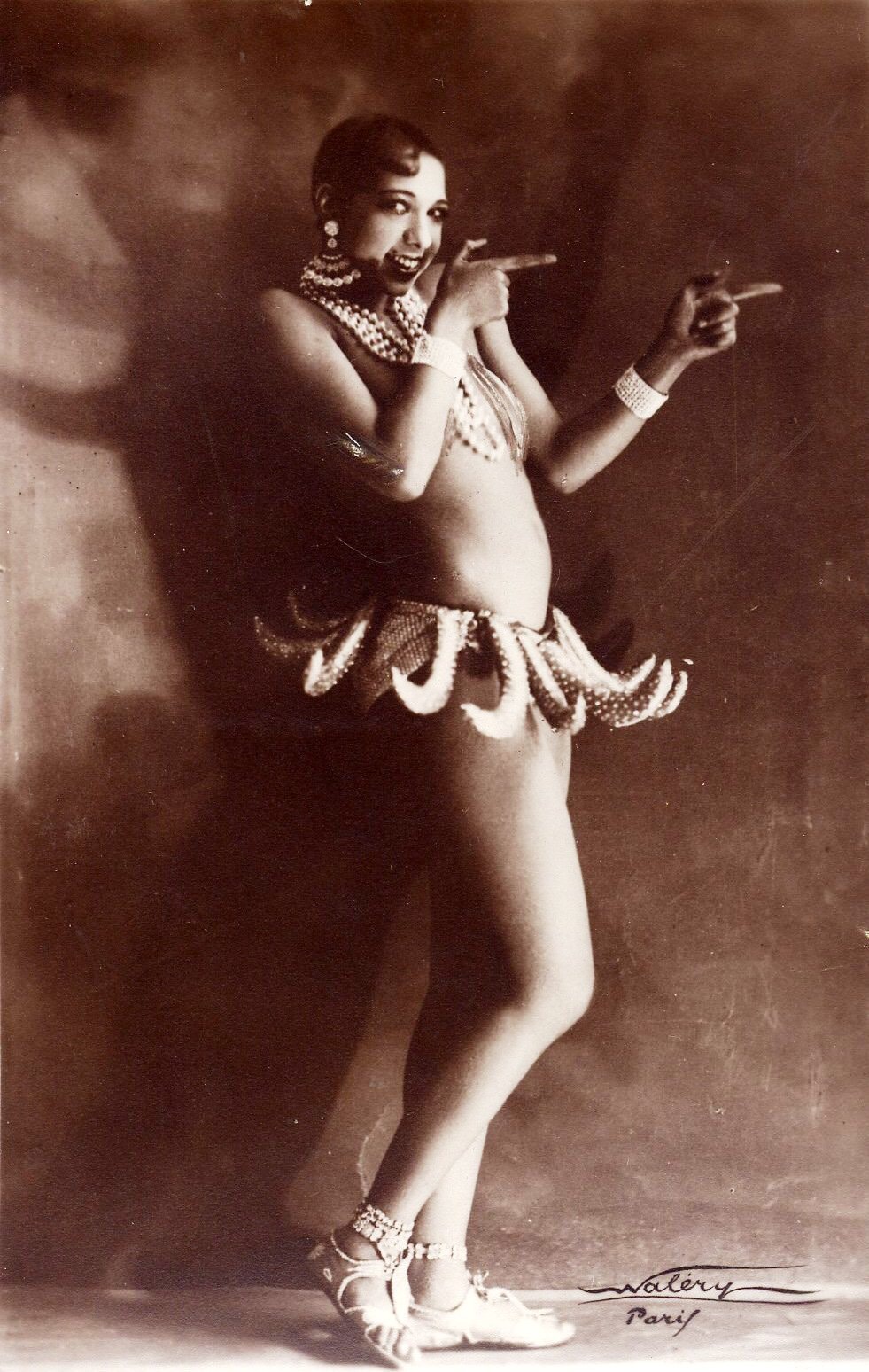
The Grand Hotel Royal was a community, more than just a hotel, with shops taking the “Royal” name. This also included the Royal Orpheum, a decadent cabaret that hosted the best acts of its time, including the American dancer and French vedette singer Josephine Baker, one of the most celebrated performers at the Folies Bergère in Paris and an icon of the jazz age. You can still find her signature in the hotel’s antique “guest book”.
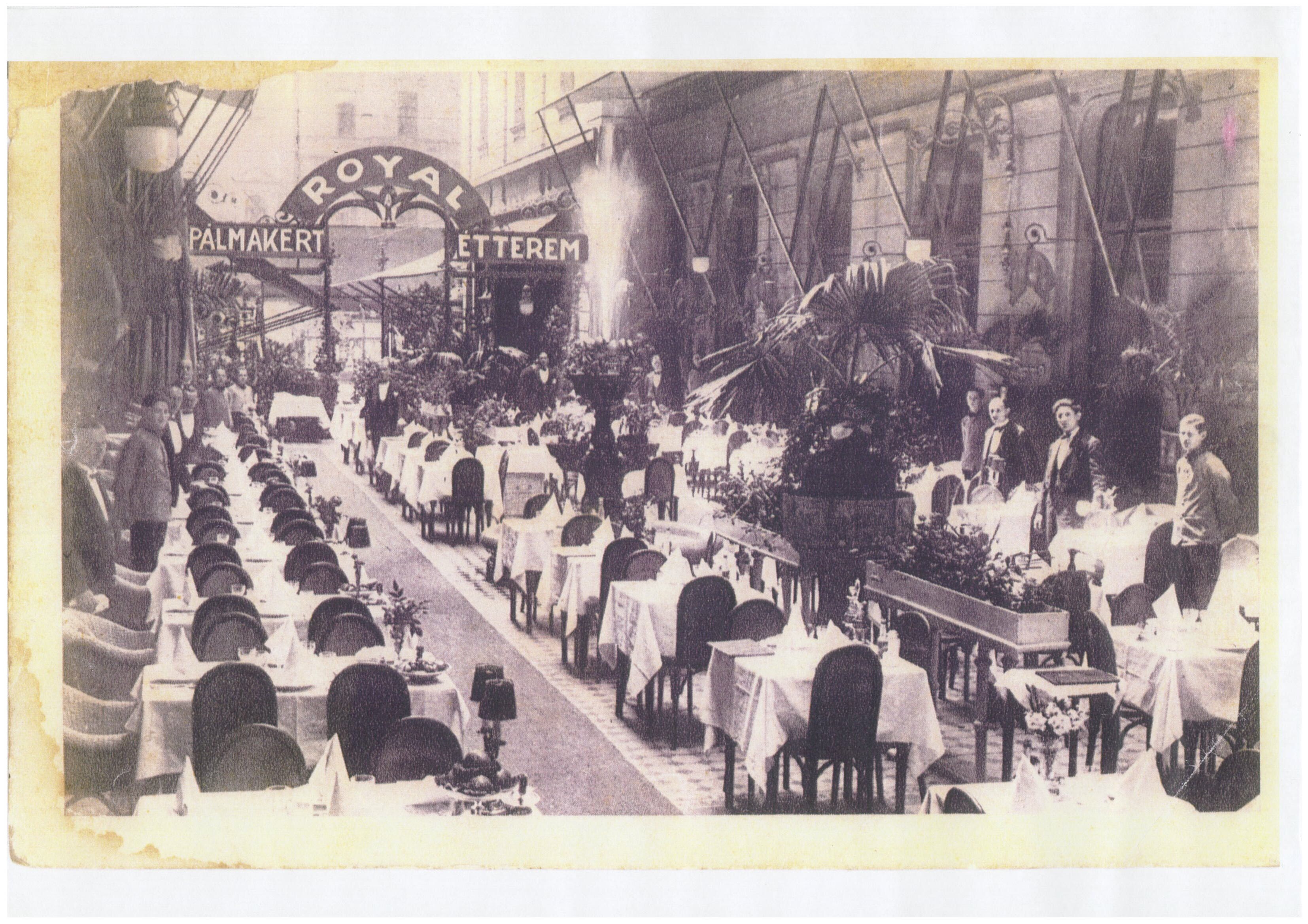
The hotel’s history is a complex one that includes various historical and political intrigues, becoming home to the Party of 1848 who wanted Hungary to gain independence from Austria for some time. However, the party lost much of its space in the hotel, not necessarily due to its policies, but rather for the growing need for hotel bathrooms, which initially was 1 for every 3 rooms (quite a luxury back in the day).
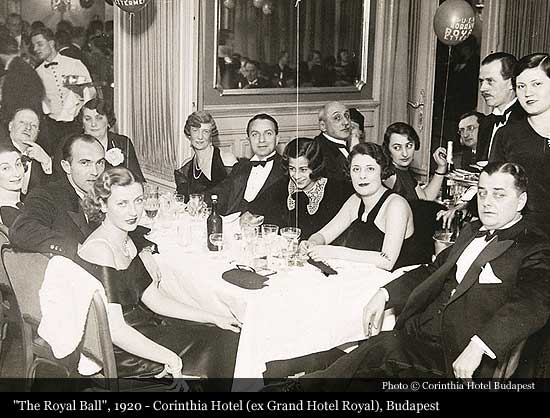
The cosmopolitan and bourgeois feel of the Grand Budapest Hotel echoes in the Corinthia’s history, as guests from across the continent and beyond flocked to hotel, particularly its Palm Court Restaurant, which proved popular to the theatre going crowd and the artistic scene.
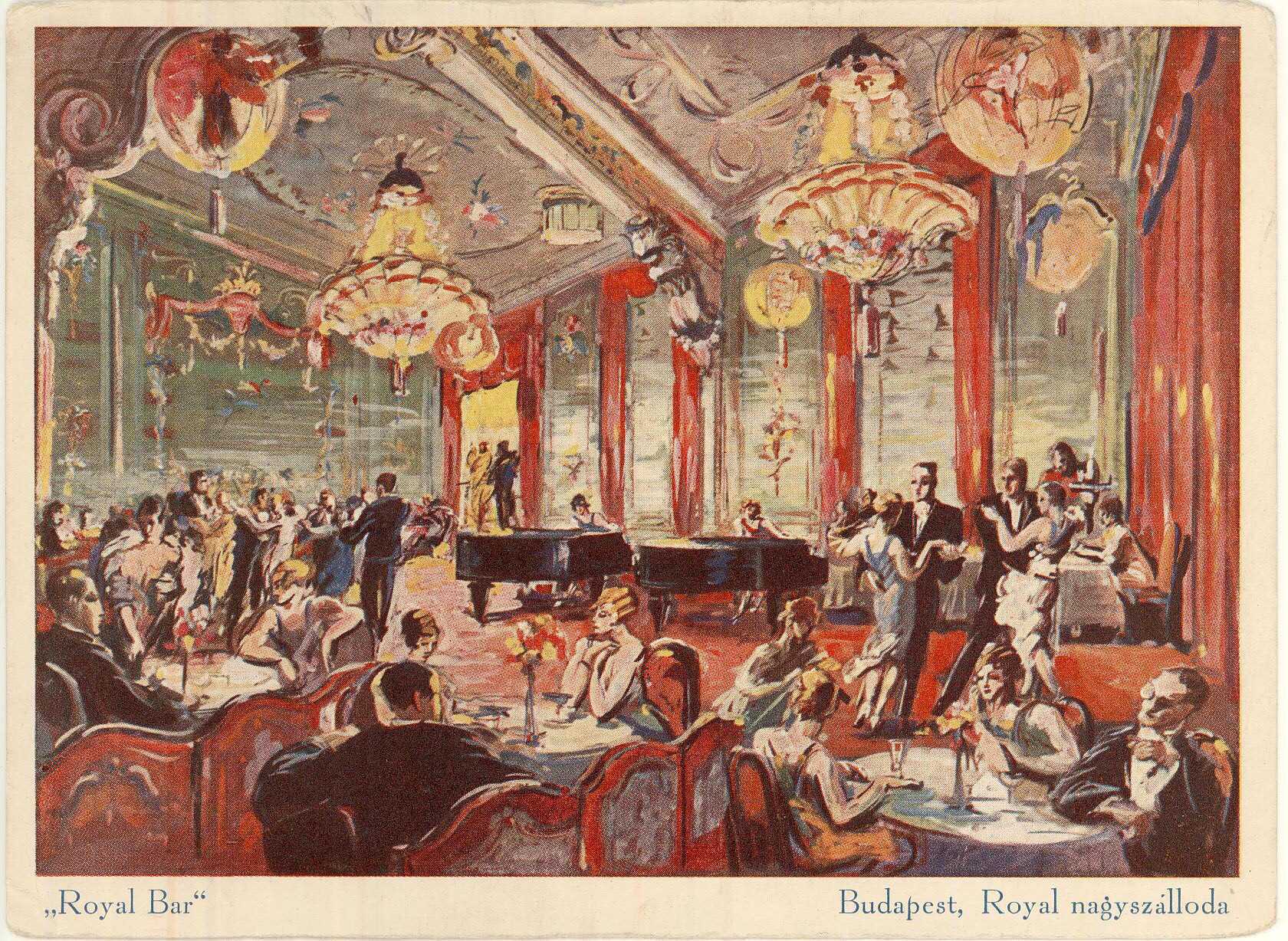
The Grand Hotel Royal was a hotbed of artists and creative, where its Royal Ballroom saw concerts given by Hungarian composer Béla Bartók and cabaret acts like Yvette Guilbert who had inspired Toulouse Lautrec back in Paris.
The 120-year-old Royal Ball Room still stands in its grandeur, with gold gilding on the walls and mirrors scattered around the neo-baroque room.
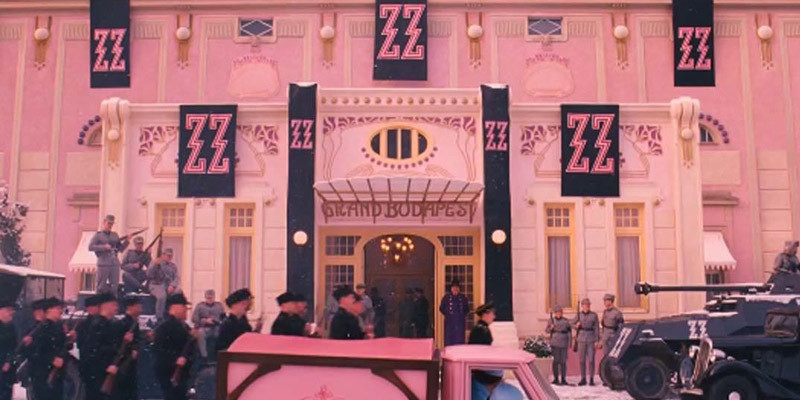
Wes Anderson’s wartime invasion of the Grand Budapest Hotel
Along with the façade, it’s one of the only original parts of the hotel still intact, after the rest of the hotel saw damage and destruction in WWII and the Hungarian 1956 revolution, as well as the aforementioned fire which rendered much of the old hotel ruinous. It was not only an architectural marvel of cultural importance, but it was ahead of its time with its own “air-conditioning” system that functioned even in the 1880s.

Anderson’s Grand Budapest Hotel
Beneath the floor of the ballroom, carts loaded with blocks of ice were moved around, allowing the cool air to travel up the vents into the room, cooling it down in the hot summer months. In the winter, the same could be done with hot bricks to keep things nice and toasty.
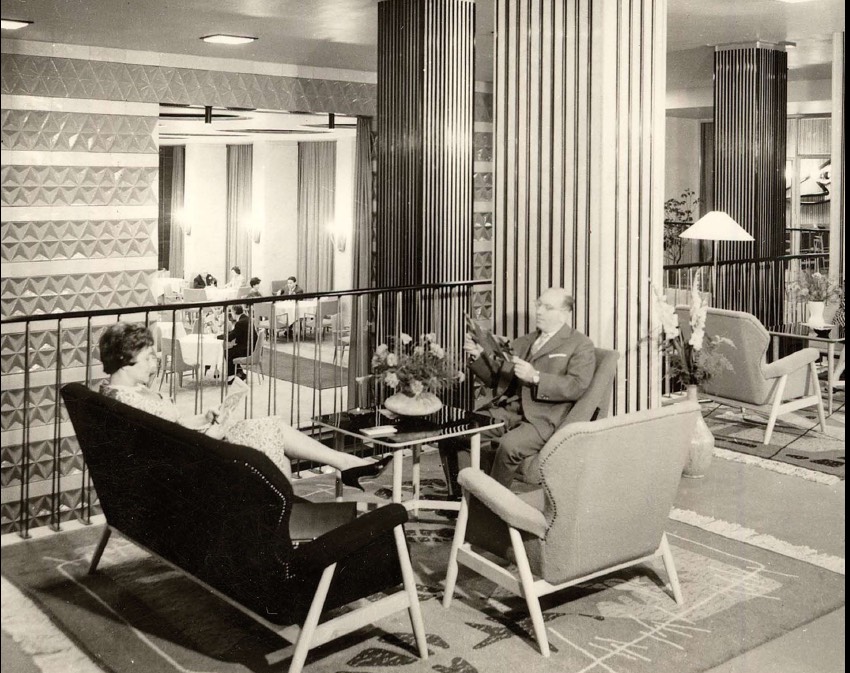
A new age for the Grand Hotel Royal
The Grand Hotel Royal was, indeed, the most luxurious and advanced hotel of the Central European region, frequented by local aristocrats who’d escape their palatial homes in the winter to luxuriate in the comforts of the hotel, perhaps Budapest is not quite the same as Nebelsbad in the Alpine Republic of Zubrowka, but echoes to a world when long term stays in Grand Hotels were a thing.
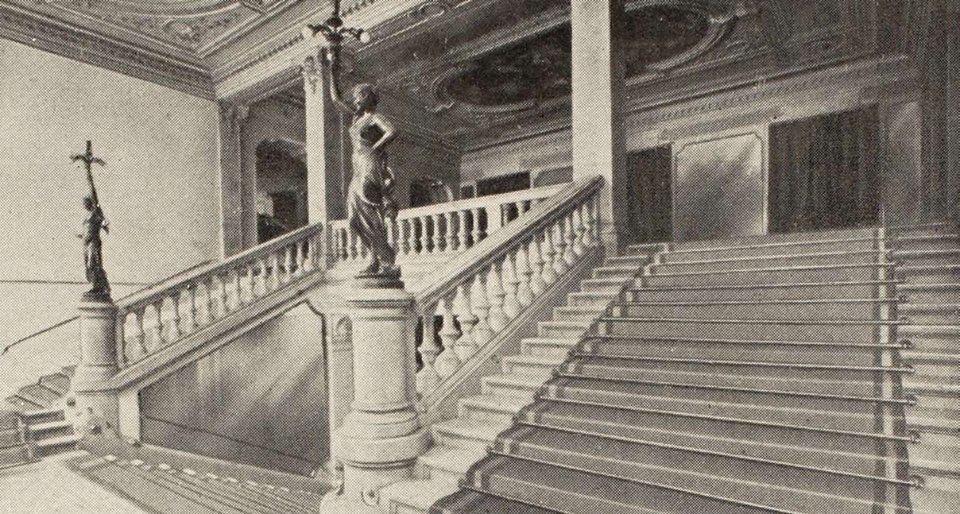
The grand staircase in 1923
But not only the comforts of the hotel, but also health reasons brought the aristocracy like Madam D, although whether or not a M. Gustave-like figure was involved is something left behind in history. Budapest is a city famed for its spas, and while the fin de siècle grandeur of the baths in the Gellért Hotel located just across the river perfectly fits the aesthetic of the Grand Budapest Hotel’s baths more, the Spa in the today’s Corinthia is also one with a curious story.
Today, it’s main entrance brings you in from the street, but as I wandered with Gábor he pointed out the lift, a surprising secret that allows guests to connect from the hotel to the spa next door without having to step foot into the boulevard outside.
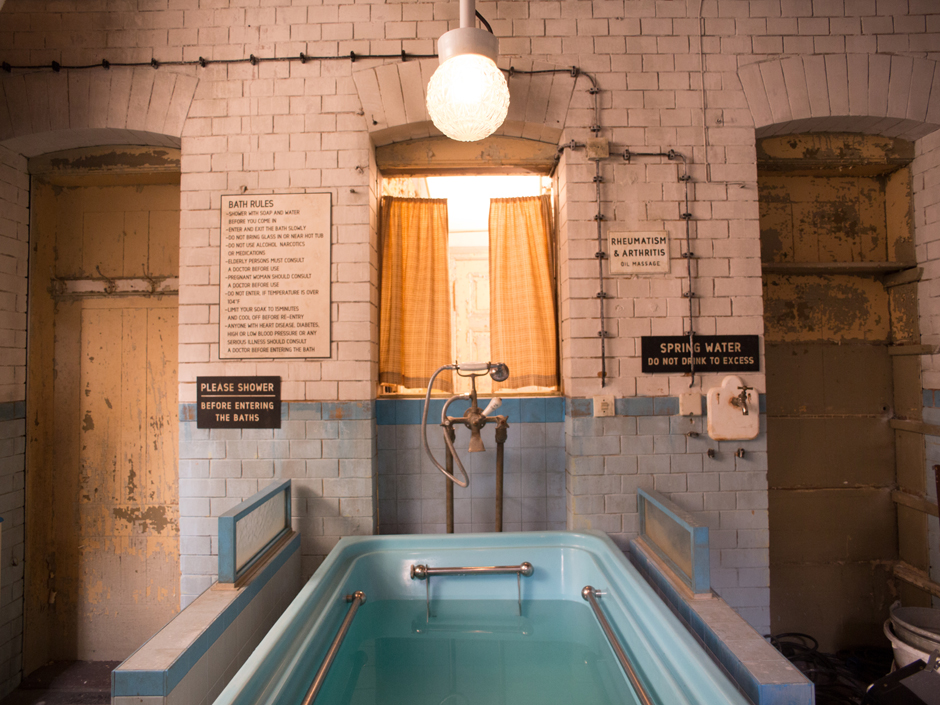
Behind the scenes making Wes Andersonís The Grand Budapest Hotel (c) Courtesy Fox Searchlight
“They actually found the spa by accident during the renovations,” Gábor said as we stepped out onto the wrought iron balcony overlooking the turquoise pool. A guest swimming laps wearing a snorkel in the pool under the stained glass window and made me wonder if we had stepped out into the Life Aquatic with Steve Zissou instead of the Grand Hotel. “Most of the hotel was damaged, from the war, bombing and artillery. By 1944, it was forgotten about. They found the Spa by accident when they planned to build a car park in this space.”

Corinthia’s spa today, rediscovered during renovation
Today, the spa, recalls its former grandeur, and even in 1903 it was linked with the hotel with direct access through one of its corridors. In fact, the spa pre-dates the hotel by 10 years, and came with all the state of the art fin de siècle trappings like a wave machine, electric treatments for insomnia and gout as well as pneumatic chambers. It only became sold to the hotel in the 1920s.
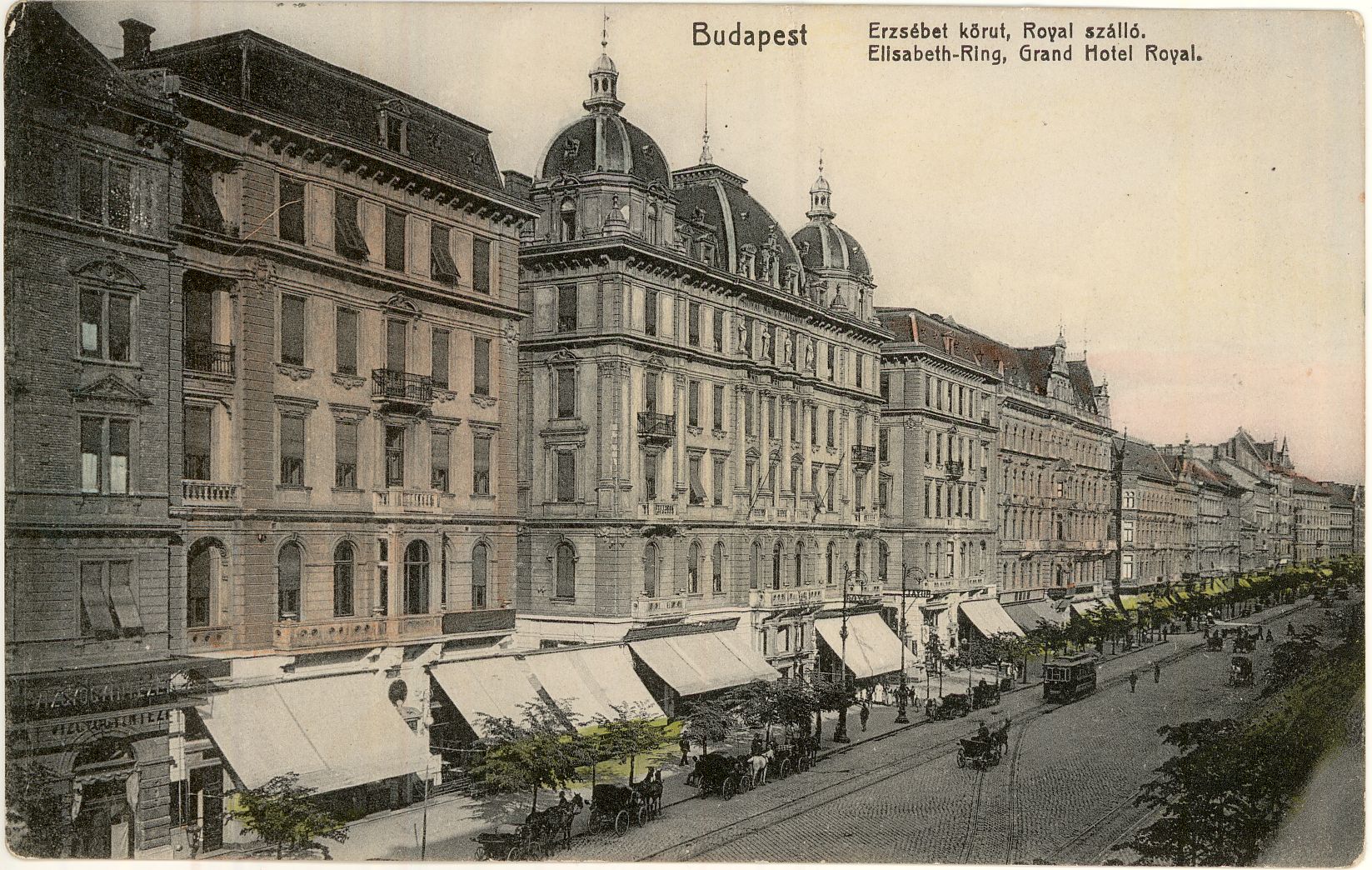
Whether or not the Grand Hotel Royal, or today’s Corinthia, inspired the Grand Budapest Hotel, it’s still a place with an exceptional film legacy, with the Lumière Brothers screening the first films here and when balls went out of fashion, the Ballroom, then the Royal Apollo, became Hungary’s first cinema. Today, a placard in the lobby showcases a list of famous names from the movie and music business, including illustrious names like Sean Connery, Catherine Deneuve, Christopher Lee, Helen Mirren and of course, Wes Anderson.
By Jennifer Walker


